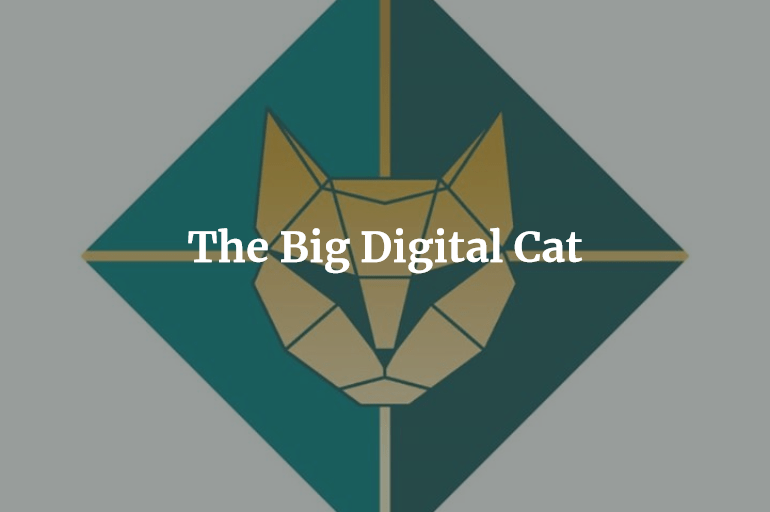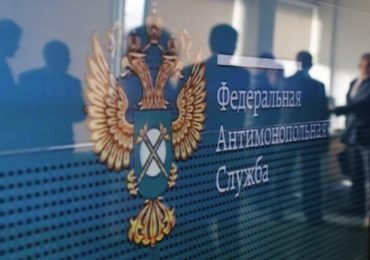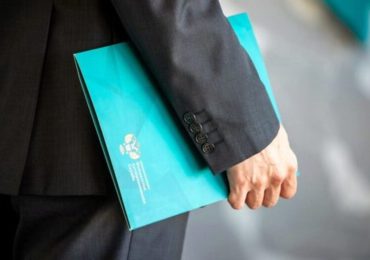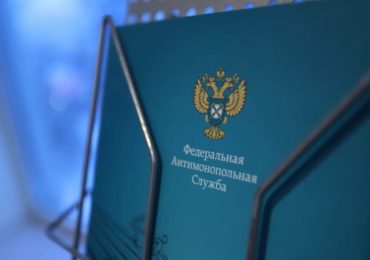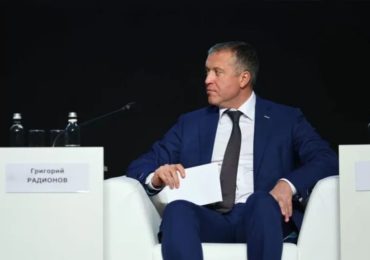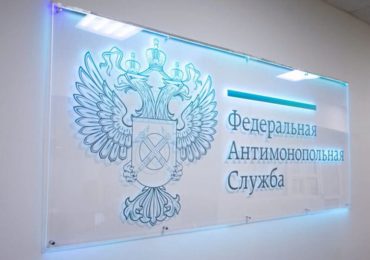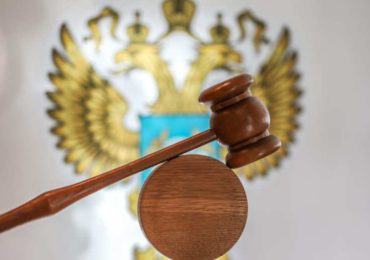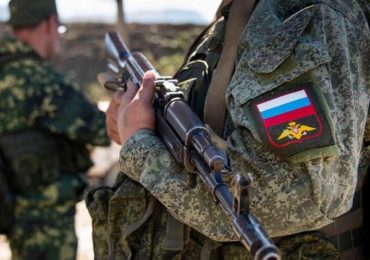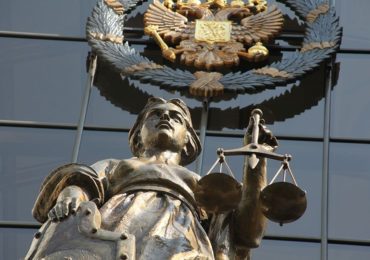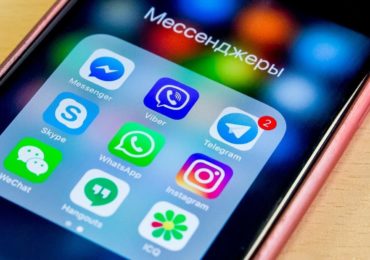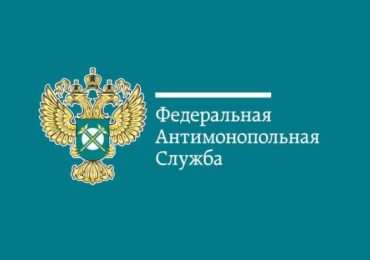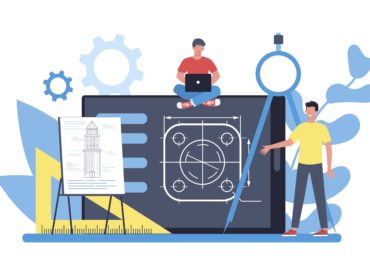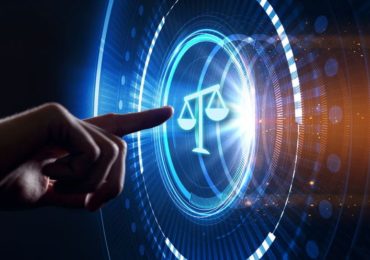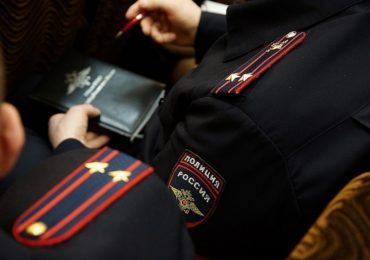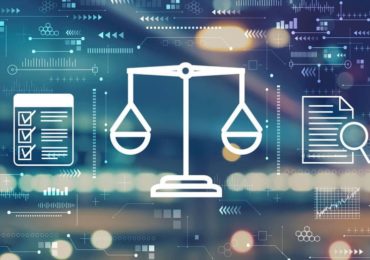The “Big Digital Cat” lives in digital space and is responsible for catching “digital mice”, that is, traces of cartels. Moreover, it can help in catching both types of cartels, in the commodity markets and at the auctions (85% of the total number of cartels).
In commodity markets, the Cat can be used to, for example, collect large amounts of data on product prices. During FAS investigations on coordination of prices in stores for smartphones and tablets of LG, Samsung, Apple and Phillips, such Cat skills were very helpful. FAS collected price information in stores manually, which was much longer and harder than automatic price monitoring and their coordination by violators.
In the sphere of public procurement, the functionality is wider and more interesting. Recently public procurement was digitized, followed by violators. We had to digitalize the FAS investigations. A large digital cat is developing in several directions: screening of data in open and closed access (for example, databases of the Federal Tax Service), scoring (miscalculation of the probability of collusion in percent, the most difficult part of “cat” training), fixing evidence of collusion and formation of the FAS document template.
Thus, the “Big Digital Cat” will be aimed at protecting competition and exercising private tasks:
– budget savings due to fair competition between entrepreneurs;
– increased transparency of public procurement;
– systemic identification of cartels;
– interagency cooperation, which can facilitate the exchange of information and eliminate the long procedure for sending paper requests,
declare to the FAS.
By the way, the official name of system for identifying and proving collusion is “AntiKartel”, but at the FAS Russia employees call it the “Big Digital Cat”.

